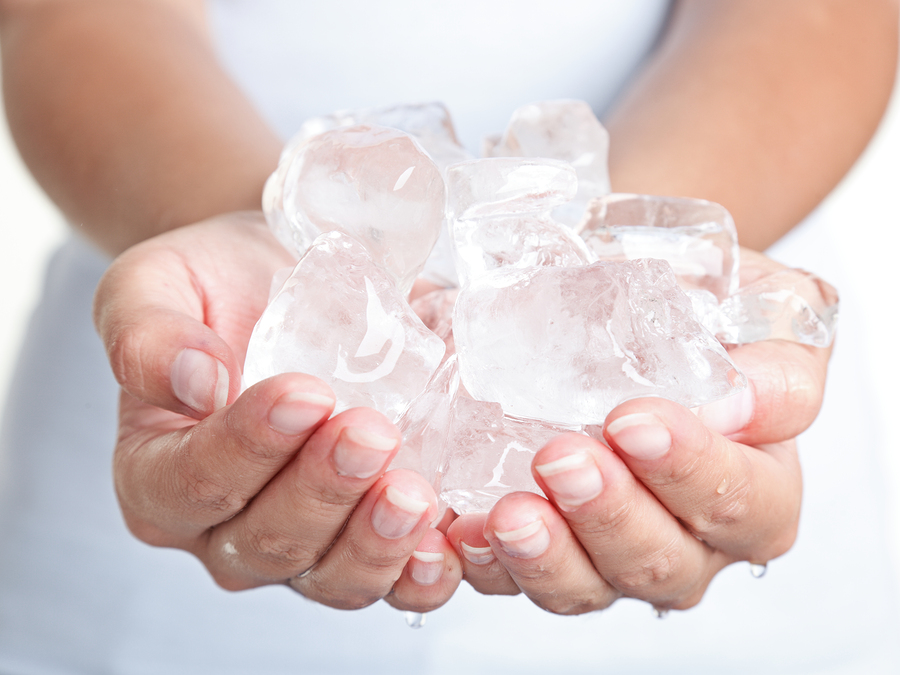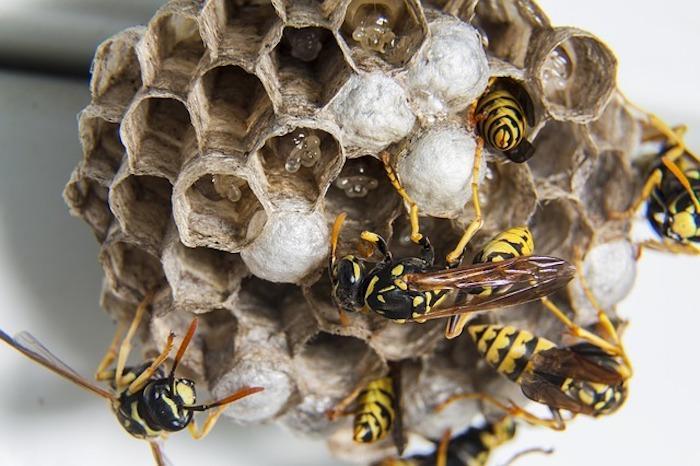If you are like many of the people who come in to see us for acute injuries it is likely that you are following the old advice to ICE your injury. This often comes as part of the very outdated R.I.C.E advice.
RICE stands for rest, ice, compress,elevate
RICE protocol was developed by Gabe Mirkin in 1978 and even he has advised athletes and everyday-joes to STOP USING IT to treat soft tissue problems.
I want to zero in on the ICE part of this protocol because ICE is not your friend. Icing is in fact one of the driving factors behind PROLONGING your injury.
Yes you read that right.

I know it’s hard to believe. You are not the only one being led down the primrose pass. The idea that ice will help an injury is widespread and deeply entrenched. That is why I decided to write this little post.
Together we can be part of overturning a harmful treatment. Once you are done reading this you may go forth and spread the word. You will wield the power of knowledge and cut through lies with your flaming sword of truth.
Okay, so it might not be that dramatic, but it could be.
Let’s take a look at the two parts of what ice is supposed to do and why they make no sense.
COLD REDUCES INFLAMMATION!!!!!!!
Yes is does.
And that’s a bad thing.
Yes, you still read that right. Inflammation has gotten a bad wrap. There is more than one type of inflammation. Systemic inflammation is it’s own beast and is often widespread and/or unmediated.
That is not is what is happening when you roll your ankle or work out too hard.
Soft tissue injuries like bonking your head, muscle strains, ankle sprains, and post leg day soreness are examples of an localized inflammatory response.
This response is also known as HEALING.
You have to have inflammation for the healing process to begin and you don’t want to intrupt it unless you absolutely have to.
Below is a crash course on how your body heals and defends itself. It might be a little deep, but it will also help you understand the “why” of what we are discussing here.
When you through an ice pack on your twisted knee you undo many of the processes that heal your body. Cold constricts blood vessels, dampens cytokine responses, and slows all of your bodies chemical processes down.
At a cellular level the whole healing process is now moving slower. Keep the ice on long enough and you interrupt the whole cascade of events. This is not to say that it won’t start back up, but the secondary response may not be a robust as the first.
Now imagine that you are icing your injury several times a day for a few days! Each time you are interfering with the inflammatory response and essentially moving your healing “start point” further and further down the road.
This is also the argument for skipping NSAIDS like Advil (ibuprofen), Aleve (naproxen sodium), and aspirin (salicylate).
COLD KILLS PAIN
It does.
I bet you thought I was going to say something contrary here, but surprise, surprise I’m not going to.
Well, not entirely.
Let me explain this using an story I tell my clients.
Let’s say it’s a cold winter day and you need to scrape your car. You head out, it is bitter cold, whipping wind, and you have forgotten your gloves. Your not even sure where you gloves are, but if you don’t get the car cleared you are going to be late for work.
You reach to open the door to find it frozen shut. You can already feel the frost biting your fingers. But you will not be defeated.
You pry the door open and grab the scraper. As we all know every ice scraping tool is designed to perfectly pry the ice loose from the windows and deposit it directly onto your fingers.
Thankfully, by this point the numbness has taken hold. You can still sort of feel your fingers, but for the most part your digits have been lost to a drunken stupor. The nerves aren’t really firing all that well and even when they do, the process is slowed considerably.
The windows are clean (mostly). You are now nestled in the car which thankfully you thought to start before the scraping fiasco. Warm air is being pumped out onto yours hands.
How do they feel? Are they pain free?
Probably not. Unless you have frostbite.
You fingers are stinging like a you stuck your hand in a wasp nest.

This is what can happen when you use ice for pain relief. You may get some temporary relief, but as that tissue warms up those nerve endings come out of their forced slumber. They begin firing again and the pendulum swings to the opposite extreme.
Your blood vessels dilate. Your skin turns pink. And your nerve endings are tuned up to report pain. When you have an injury this can lead to a cycle where you ice, the pain ebbs, then as it comes back it actually feels worse, so you ice it some more.
Repeat. Repeat. Repeat.

